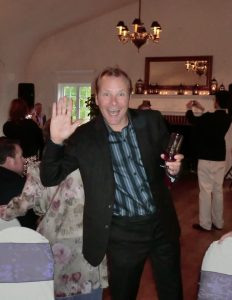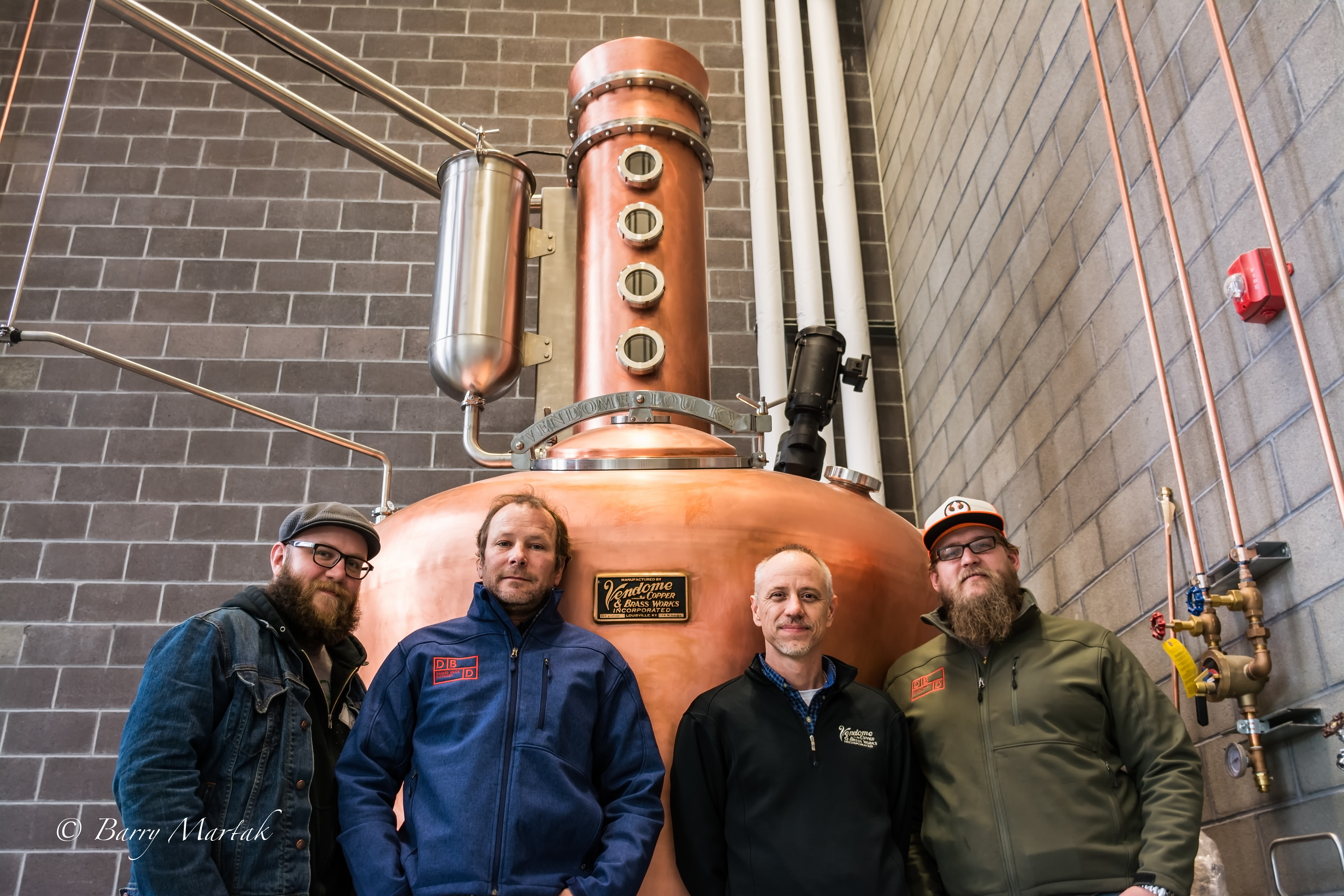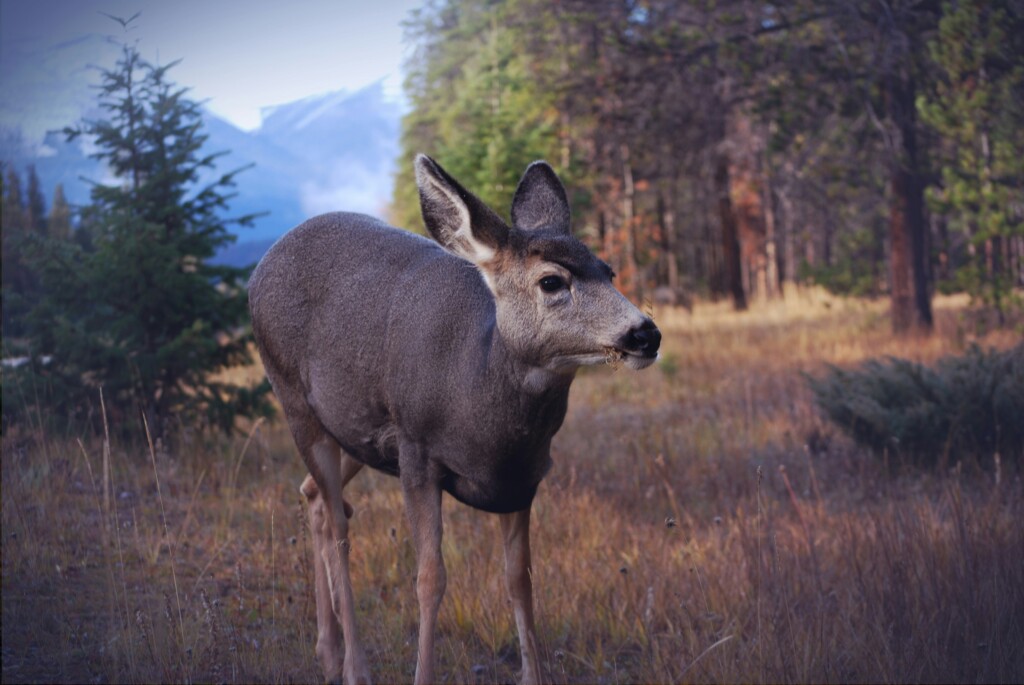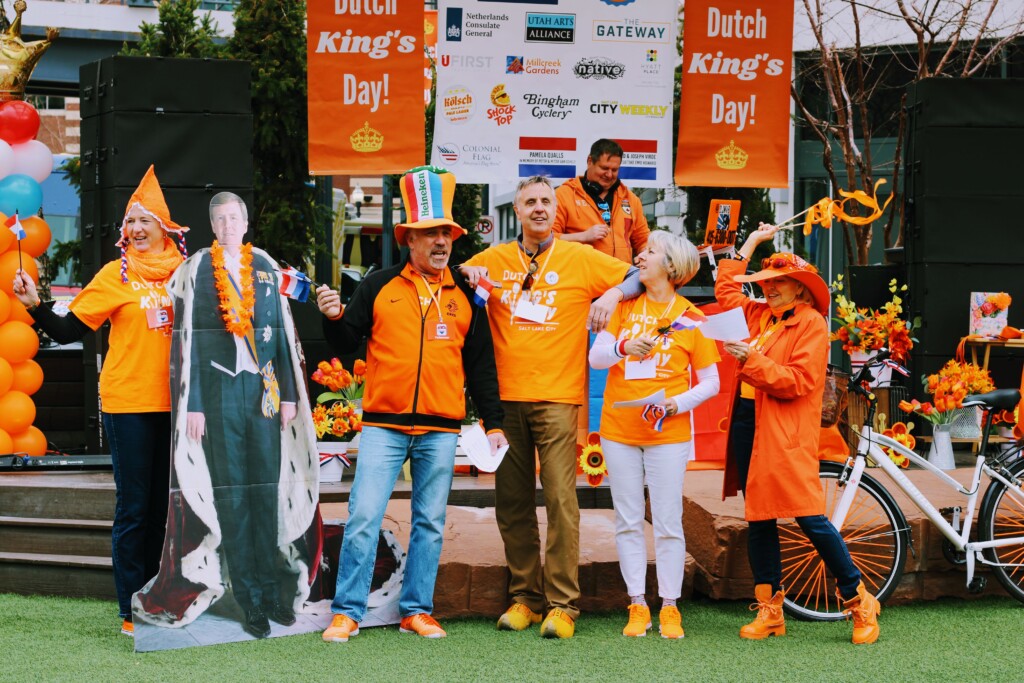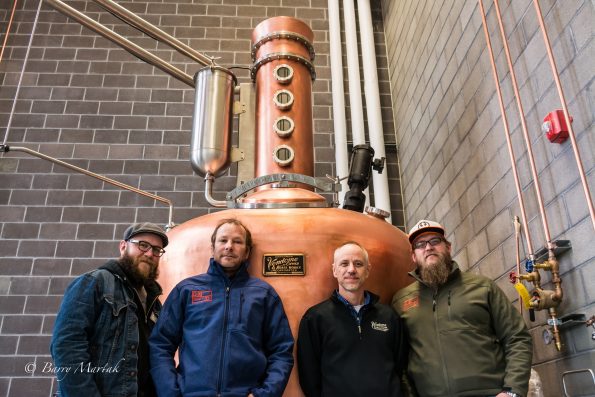
What would possess someone to open a distillery in liquor-challenged Utah, where a “sin tax” gobbles profit margins? Marc Christensen, a man possessed, is hard at it within a stone’s throw of Temple Square in the capital of the tee-totaling Mormon culture.
“When you think about it, where better to distill great spirits than in a deeply spiritual community?” Christensen deadpans. Not a bad answer considering the official tag line of the Utah Office of Tourism: “Life Elevated.”
He should know. Christensen grew up selling equipment to winemakers, ranchers and farmers in his father’s agricultural supply store in Nampa, Idaho. Today he is the founder and owner of Dented Brick Distillery, aka DBD, a new Utah-based company with a sustainable philosophy and the goal to distill super-premium spirits, “grain to glass for a connoisseur class.”
DBD leaped into business on Leap Day, Feb. 29, in a Leap Year, distilling Antelope Island White Rum. The white rum will be followed by spiced rum, vodka and gin. By August, DBD plans to barrel whiskey to age for bottling in two to five years.
Serious goals from an executive once known as “the cement that binds Capitol Hill” by former neighbors. “More like Silly Putty,” according to friend Kurt Whitaker, a local physician. But there is a persistent side, an iron-willed determination to this self-deprecating entrepreneur who already built a successful multinational company at OTW Safety.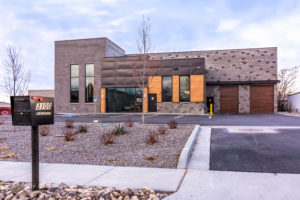
Gold in Grains
When it comes to the great and transcendent among hand-crafted distilled spirits, what goes in rules what comes out, Christensen says, and that requires “the finest grain, expert growing techniques and passion.”
“Marc paints the vision,” says Celeste Royal, his business partner and chief financial officer at DBD. “He cares about outcomes and quality of life, and people respond to him.”
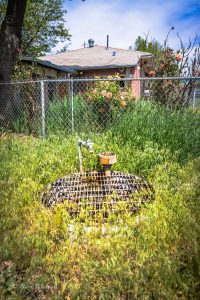 DBD blends innovative technology with time-tested principles in a historic pioneer setting. What’s more, the 14,000 square foot, state-of-the-art facility straddles an artesian well – once the prize possession of a Mormon driller – rich enough to turn friendly competitors green with envy. “It sets them apart,” according to Gordon Lung Jr., project manager with Vendome Copper & Brass Works. Lung, in Utah recently to advise the DBD staff, says, “Everybody’s buying corn, wheat and rye, but not everybody has their own well.”
DBD blends innovative technology with time-tested principles in a historic pioneer setting. What’s more, the 14,000 square foot, state-of-the-art facility straddles an artesian well – once the prize possession of a Mormon driller – rich enough to turn friendly competitors green with envy. “It sets them apart,” according to Gordon Lung Jr., project manager with Vendome Copper & Brass Works. Lung, in Utah recently to advise the DBD staff, says, “Everybody’s buying corn, wheat and rye, but not everybody has their own well.”
Vendome is the grande dame of copper still fabricators, a fourth-generation, century-old Kentucky company. Historically, Vendome has supplied massive copper-column stills to the industrial giants, including Jim Beam, Jack Daniels, Maker’s Mark, Wild Turkey and Four Roses. “We build 5,000-gallon stills up to 15 feet in diameter,” says Lung.
But the paradigm is changing in response to demand from small-craft distillers. According to Sean Josephs, owner of Char No. 4 whiskey bar in Brooklyn, there were only two craft distillers in the United States in 2007. There were about 50 micro-distilleries around the country in 2005 and by 2012 that number had grown to 250. Today there are nearly 800 distilleries nationwide, compared to approximately 4,000 craft brewers and an estimated 11,000 wineries.
So Vendome decided to cater to the craft market as well. “There’s more work out there than we could ever handle, want or need,” Lung says. “We’ve seen the craft market go from small-craft stills, let’s say 100 to 250 gallons. Now we’re starting to sell more medium sizes” like the 500-gallon still for DBD.
Geological Serendipity
Back to the well. Serendipity is defined as an unexpected, fortuitous outcome arising as a result of the confluence of a number of unlikely chance factors. OK, so let’s call it geological serendipity.
“That lake bed is a gift from heaven,” says Ethan Miller, DBD’s head distiller. “The bedding plane is composed of a sandy gravel perfect for filtration of snowmelt for our artesian well. Its high mineral content is ideal for fermentation, a dream sequence for a pure product from our distillery.”
Miller, formerly of High West and Portland’s New Deal Distillery, has hit the ground running with artesian well water, and extols the versatility of the new equipment, the historic track record and the American-made aspect of Vendome.
Most of prehistoric Lake Bonneville stretched across present-day Utah. Nearly as large as Lake Michigan and much deeper, today’s lake bed extends north into Idaho and west to Nevada. The Great Salt Lake adds “lake effect” precipitation along the Wasatch Front, contributing to the Utah tagline boasting “the Greatest Snow on Earth” at Cottonwood Canyon ski resorts. That snow, in turn, drains back into the valley. Combine the ancient Bonneville lake bed with high snowfall levels and a super-hospitable climate for “the greatest untapped wine country in the world,” according to the late Kenvin Lyman, author of An Artist’s Kitchen: Food, Wit and Wisdom of a Bohemian Cowboy.
When the cultures of the world come indoors, they seek fine food and all that entails. “This business attracts the other culinary arts,” says Christensen. “Spirits and wine are inextricably linked to fine cuisine. With the farm-to-table revolution well under way, it’s a win-win combination for Utah. Many of those tourists return, and many move here or buy second homes here.”
A new study adds impetus. A cocktail culture is defining nightlife in cities across the country, with Millennials driving innovation and focus on craft-style, artisanal products, boosting demand for American whiskeys – Bourbon and Rye. Craft distilleries are recording double-digit revenue growth.
Around the world, growing consumer interest benefits U.S. farmers and exports, the Distilled Spirits Council reports. Exports of U.S. spirits more than doubled between 2005 and 2015, with corn production used in spirits up 176% and rye up 64% from 2010 to 2014. Bottom line for distilleries: sales of rye whiskey alone are up more than 600 percent from 2009 to 2014, according to statistics released this month from the council.
Meanwhile DBD is crafting a model of sustainability with GMO-free organic materials, including grains grown in this agriculturally rich state.
An Emerging Culture
“DBD is built for a demand that is building,” says partner Royal. “We’re located in an international destination landmark with 20 million annual visitors. We have a strong outdoor industry here. The people are environmentally conscious; they support the farm-to-table movement; they care where their money goes, and the emerging culture is exciting to see.”
Indeed, Utah is an ultimate outdoor-recreation destination in the West, as the world discovered with the 2002 Winter Olympic Games. Between five national parks, seven national monuments, five national forests, 14 ski resorts and the annual Sundance Film Festival, tourists generated a billion dollars in tax revenues for a state record in 2013, according to the Utah Tourism Industry Association.
Royal, a self-described accidental entrepreneur, had already built and sold an online medical-training company and consulted on several high-tech mergers when she met Christensen for a consulting lunch.
“Doors open and the right people walk through them at the right time,” she says. What began as a consultation evolved when the discussion turned to distilled spirits, eventually inspiring her new horizons with DBD. “I firmly believe in the energy of the team,” she says. “Get the right people together and great, successful things happen. Again, Marc paints the vision.”
Not without challenges. Misfortune nearly devastated the DBD team just as the distillery construction was under way. Last May, Christensen was diagnosed with a brain tumor potentially fatal for the visionary as well as the vision. Five days later he underwent brain surgery. Fortunately, the surgery was successful and the tumor benign. Within weeks he returned to work. “Yeah, let’s not ever have that happen again,” says Royal, who identifies and prioritizes DBD business tasks. She says the DBD target audience is healthy, organic, exercising, music loving, fine-food-and-beverage people. “We as a team personify those things. We live those values.”
Time Is Money, Money Time
The biggest challenge has been just getting through the licensing and permit process, a mountain of time in an industry where time is money, says Royal.
Fortunately, there is serendipity. And in an industry where time is money, Leap Day helps synchronize the calendar with Earth’s orbit around the sun, making this year 366 days long – not 365.
A little bruised and scarred, not unlike a dented brick but no worse for wear, Christensen pursues his dream as DBD unveils Antelope Island Rum on Leap Day.
As for the artesian well? “It’s a very special thing to have that card to play,” says Lung, the Vendome representative. And if the well runs dry? “Not a chance,” says Christensen. “It won’t run dry because it’s part of the geology of the snow runoff. It’s going to save us money, and every dollar saved is a dollar earned.”
Wise words from Silly Putty? “Have fun, believe the vision, live well and work hard,” adds Royal.
